While city officials are pleased with the number of people who recycle, they say we’re not all doing it correctly, which is costing Edmonton money.

“Edmontonians are pretty good at recycling,” Erika Droessler, an educator with the city, said. “About 90 per cent of Edmontonains do it voluntarily. It’s just sometimes we do a bit of wish-cycling — meaning that we put a lot of stuff in the blue bag that we wish would be recycled but can’t be recycled.”
READ MORE: Does that go in recycling? Test your Edmonton recycling smarts with our quiz
The city’s Materials Recovery Facility receives about 175 tonnes of material each day on average — that’s roughly the weight of a Blue Whale. But not all of it is actually recyclable at the facility.
“We’ll also get BBQs and different pieces of scrap metal that will come through here,” Droessler said.
“Again, I think Edmontonians are trying to do the right thing — those items can be recycled if taken to an Eco Station — but here, it can cause some safety problems for our workers as well as hazards for our machines.”
Droessler says there are main ways people can become better recyclers: make sure the items are actually recyclable and clean your containers.

Get breaking National news
“With those plastic containers, give them a rinse, because if we get food matter in that paper, it becomes contaminated, which means that it’s really really difficult to sell to market and recycle.”
Droessler explained those items can contaminate other materials and they also cost the city money.
“If items here can’t be recycled, then a lot of them will go to the landfill.
“In the future, they might go to the Waste to Bio fuels Facility but there is a cost. So if we can’t sell it to a market, we lose that chance of revenue and we do have to pay to dispose of it in other ways.”
READ MORE: Edmonton’s long-praised waste management system struggling to divert 50% of residential garbage
In February, the city revealed its much-praised waste management system was diverting less than 50 per cent of residential waste from the landfill. The goal was to divert 90 per cent.
READ MORE: Trash talk: Edmonton proposes changes to garbage separation and disposal
At the Materials Recovery Facility, steps are being taken to improve outcomes as well.
“We have actually slowed down our sorting lines, we’ve added more staff, and we have decreased the amount that is going through at one time in order to remove as much of that contamination as possible,” Droessler said.
Edmontonians can do their part too. If you’re not sure a particular item is recyclable or where it should go, there’s an app for that. The WasteWise app can be used on the city’s website or on a mobile device. It will help you determine if an item should go in the garbage, recycling or Eco Station.



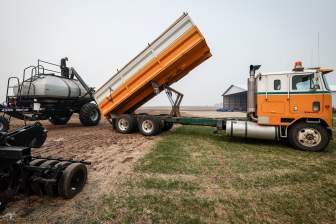

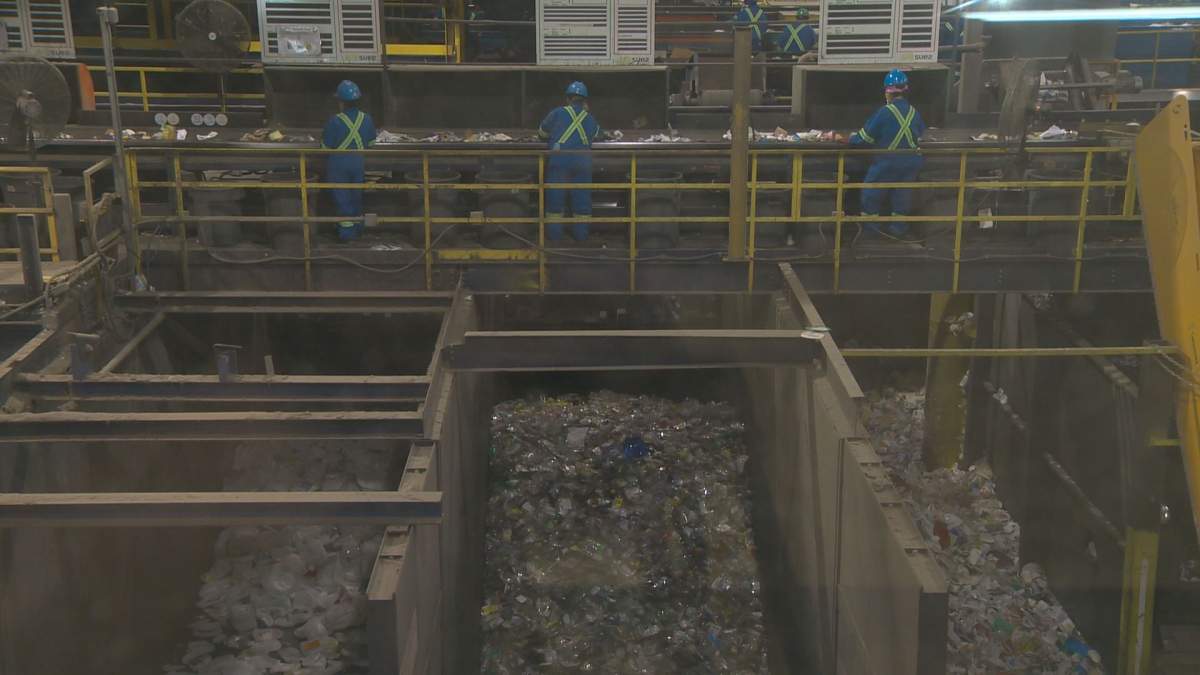

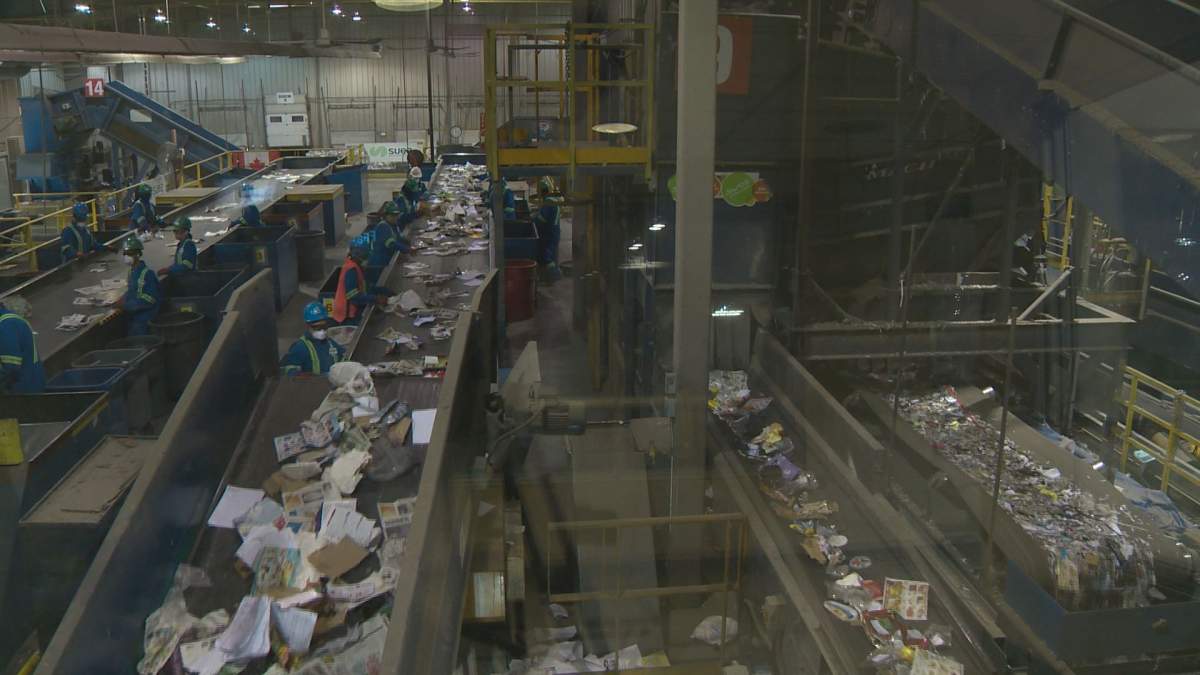

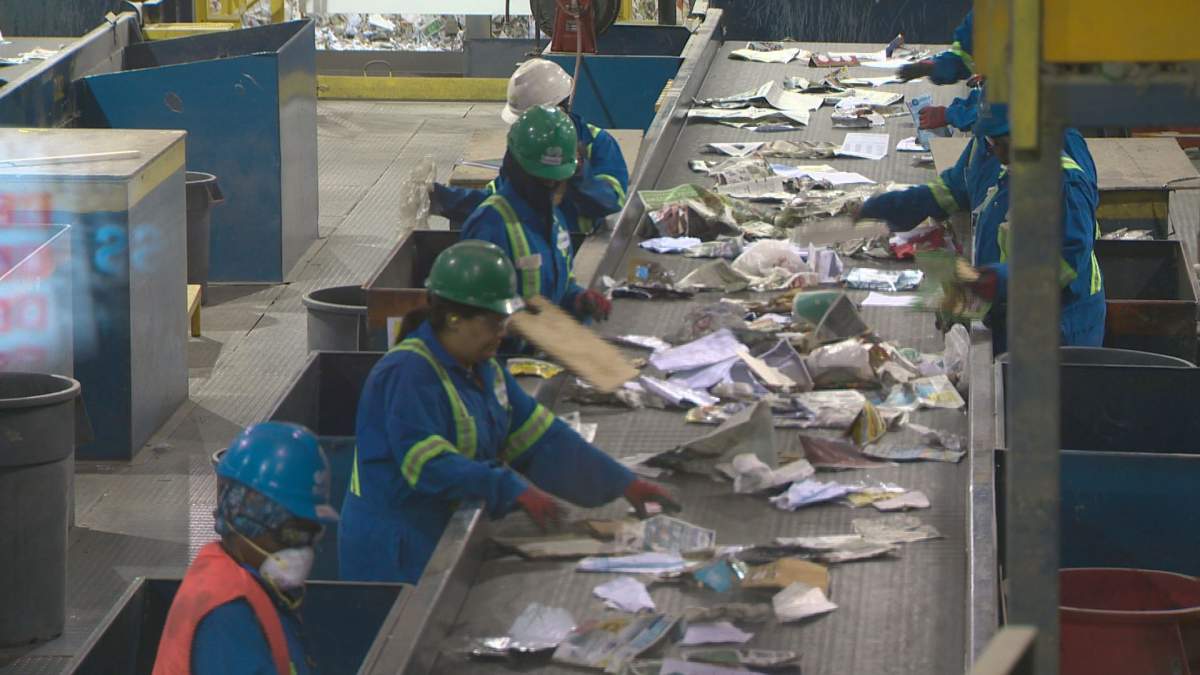

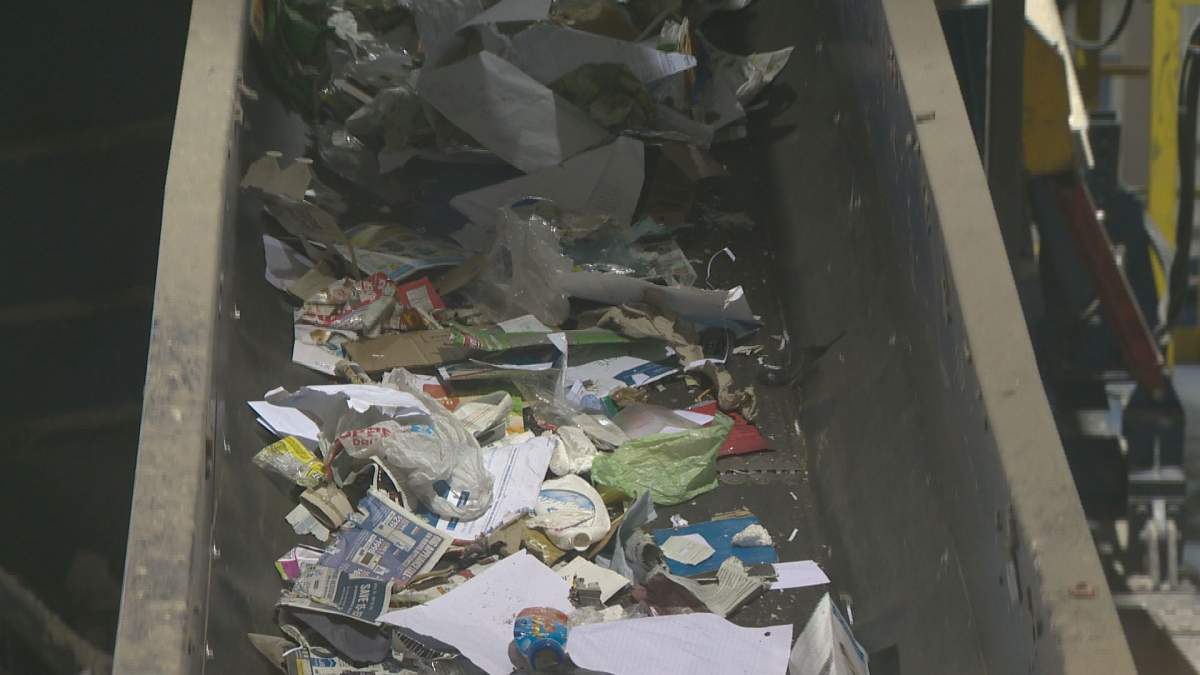

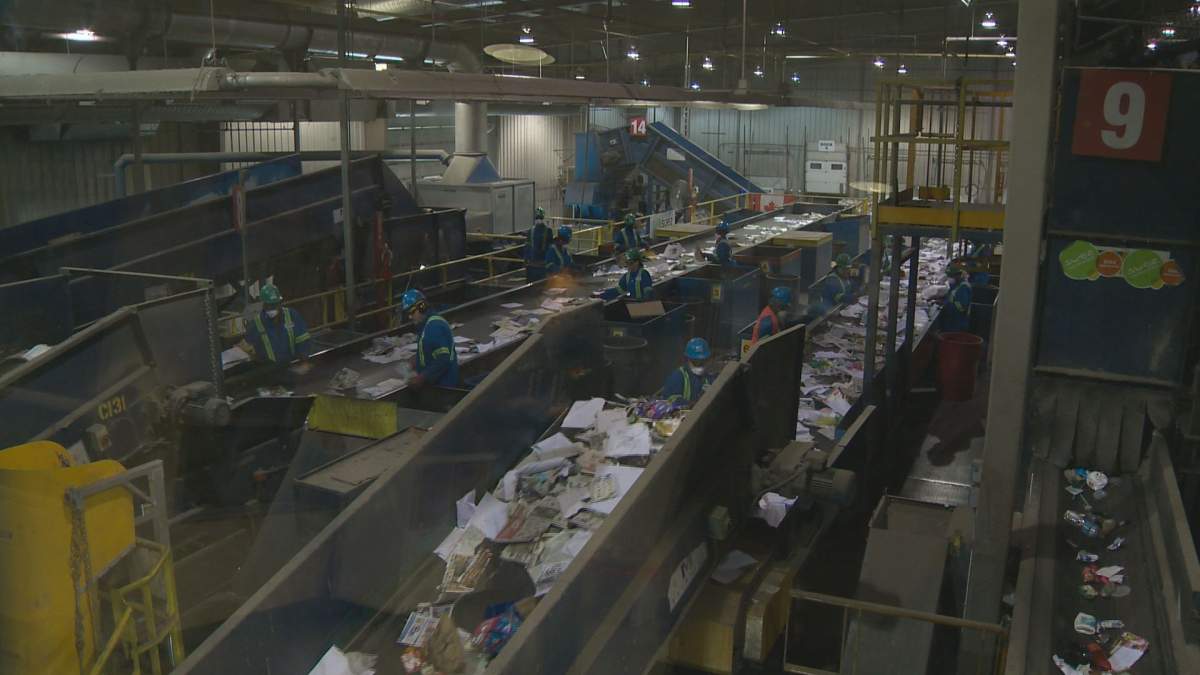

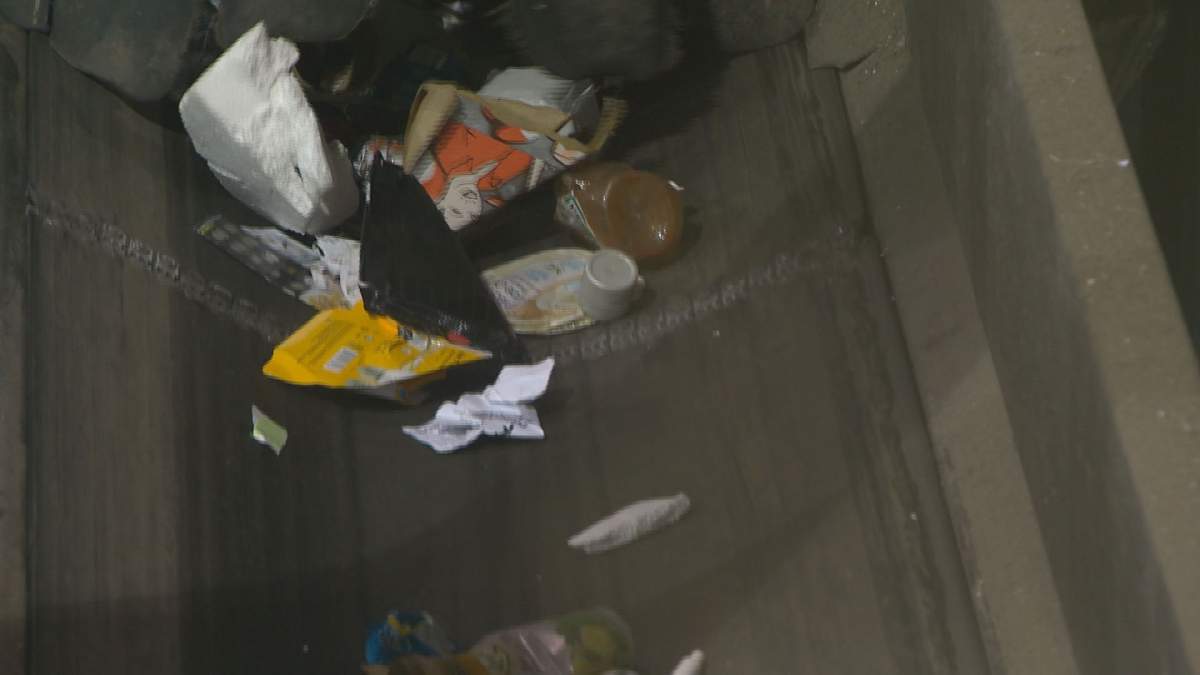

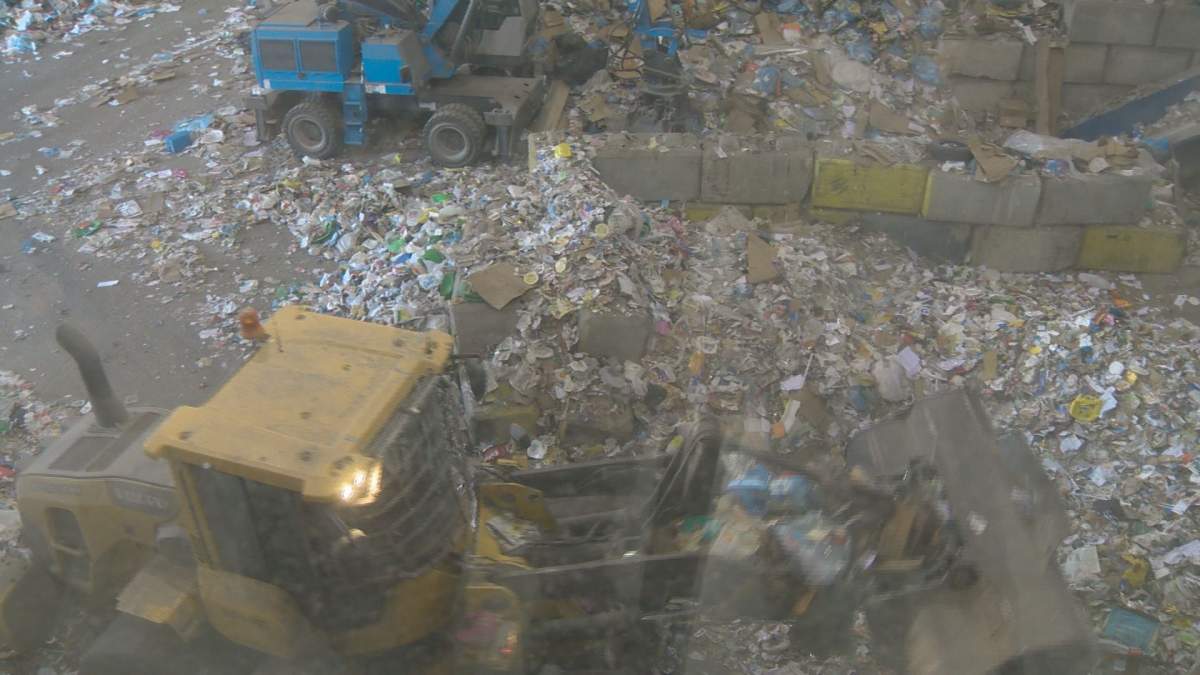



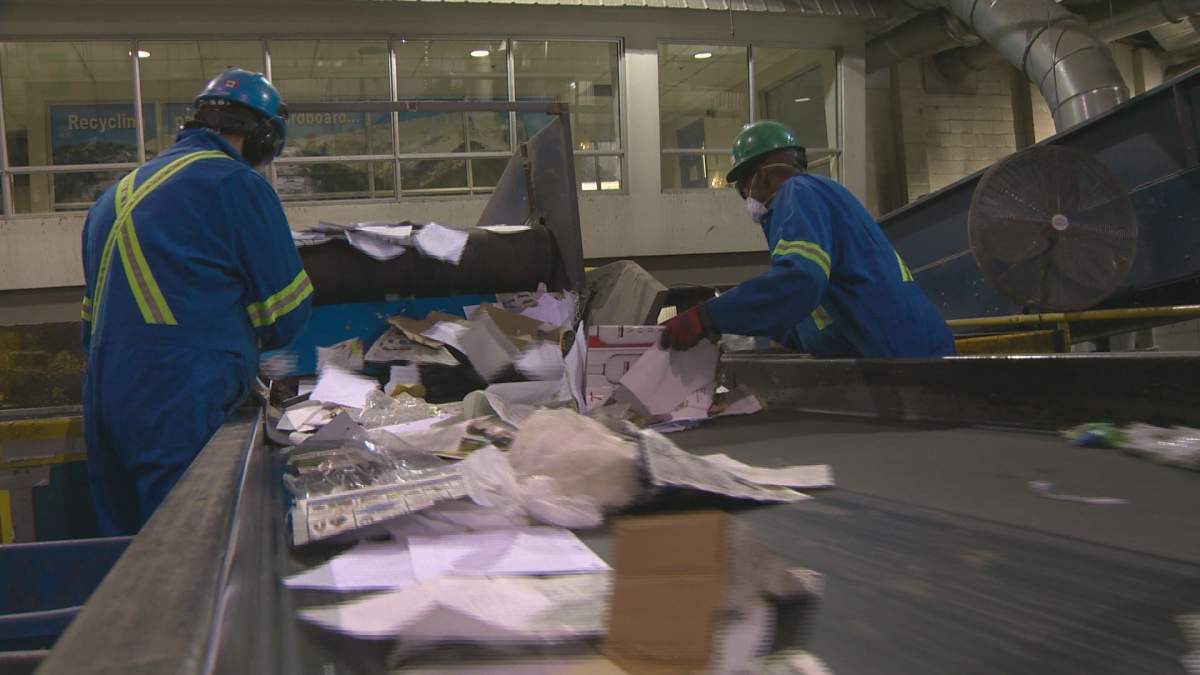
Comments